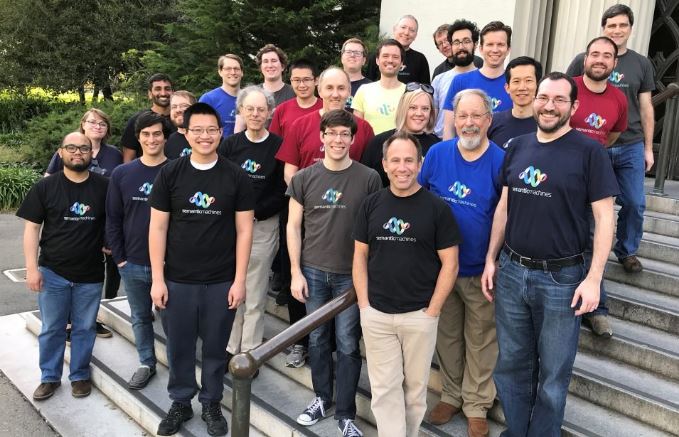The research on artificial intelligence has made great progress in recent years, but it is still at the beginning of the period that all computers want to understand human communication. Most of today’s robots and intelligent voice assistants can respond to simple commands, such as broadcasting weather forecasts, playing songs, but cannot understand the meaning and dialogue. To make communication more effective, an assistant needs to be able to engage in natural conversations rather than just responding to commands. This is called “dialogue AI.”
On May 20, Microsoft announced the acquisition of Semantic Machines, Inc. of Berkeley, Calif., which has developed a revolutionary new method to establish dialogic AI. They have the ability to use machine learning to enable users to discover, access information, get services and interact with them in a more natural way and with greater efficiency.

Also, the Semantic Machines is composed of many pioneering leaders in the field of conversational artificial intelligence, including Dan Roth, a science and technology entrepreneur, as well as globally outstanding and innovative natural language AI researchers, Dan Klein, a professor at the University of California, Berkeley, and Stanford. University professor Percy Liang and former Apple Siri chief speech scientist Larry Gillick.
David Ku, the CTO of the Microsoft Artificial Intelligence and Microsoft Research Division, said that for more than two decades, Microsoft has been working on research and breakthroughs in building basic modules of conversational AI, such as speech recognition and natural language understanding. Our goal is to extend the “vision” of computers around us to the world they can see, to hear and understand people’s conversations. In 2016, we took a big step towards the goal of achieving session computing, introduced a robot development framework, and released pre-built cognitive services for artificial intelligence assistants, including speech recognition and natural Language understanding. Today, more than 1 million developers use Microsoft’s Microsoft Cognitive Services and more than 300,000 developers use Azure Bot Service, all of which help make computing more interactive.
Microsoft is also further enhancing the interactive AI capabilities of digital assistant Cortana and social chat robots like XiaoIce. Currently, XiaoIce has conducted more than 30 billion conversations with an average of 30 minutes per session. These conversations come from 200 million users across platforms in China, Japan, the United States, India, and Indonesia. Through XiaoIce and Cortana, Microsoft has made breakthroughs in the field of speech recognition, and it has recently become the first company to add full-duplex voice sensing to conversational AI systems. The dialogue between people and the system is more convenient and natural.
David Ku also stated that as Microsoft acquires Semantic Machines, Microsoft will establish a dialogue AI center in Berkeley to promote the development of natural language technology. Combining Semantic Machines’ technology with Microsoft’s artificial intelligence technology provides a more powerful, more natural and efficient user experience, and also brings session computing to a new level.
Since conversational AI is an innovation in human-computer interaction and an entry point of service in the AI era, with the fierce competition of smart speakers, one of the carriers of conversational AI. In addition to Microsoft, Amazon, Google, Apple and other few companies all are giving a great importance to conversational AI. Apple Siri is one of the earliest voice conversation assistants, but its product experience has been unsatisfactory. Amazon, in 2012, Amazon engineers began to invest in the research and development of conversational voice assistants, and then gradually evolved into Alexa. Google launched Google Assistant, a voice intelligence assistant, in May 2016, and in September of the same year acquired the API AI team that provided developers with Siri-style conversational robot development tools. The giants are actively investing. Who will lead the conversational AI? God Knows!
Source- Microsoft blog
Related Posts
AirGo Vision- Solos’ Smart Glasses with AI Integration from ChatGPT, Gemini, and Claude
Rise of deepfake technology. How is it impacting society?
OpenAI’s Critic GPT- The New Standard for GPT- 4 Evaluation and Improvement
Claude 3.5 Takes the Lead- Why It’s Better Than GPT-4
Smartphone Apps Get Smarter- Meta AI’s Integration Across Popular Platforms
Free PDF Analysis Made Easy with ChatGPT